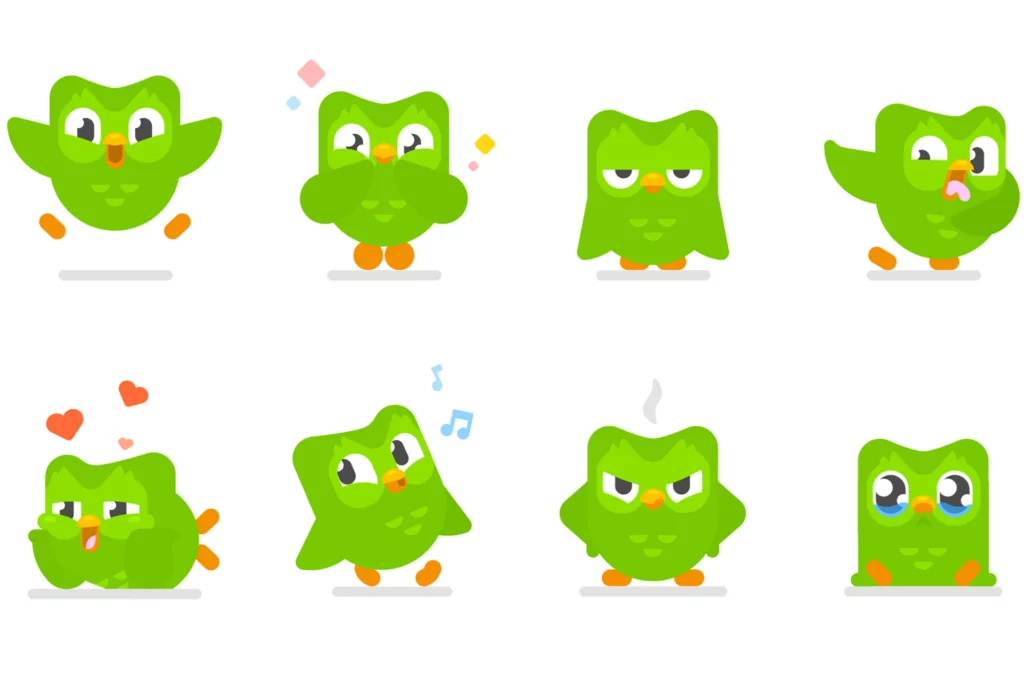
With the help of game-like techniques, the language learning program Duolingo motivates users to return daily to acquire new words and phrases. Can Duolingo actually help you learn a language? How does the platform function, and how can you get the most out of the app? Here is your speedy response: Yes, Duolingo can help you understand the language you want to learn. In this short but detailed review we will be discussing everything you need to know about Duolingo.
The question stands: is Duolingo able to make you proficient? Not exactly. We’re here to give a frank opinion and to go into great detail about both the positives and negatives. You’ll be better able to plan and make decisions as a result of this. Let’s start.
How does Duolingo function?

A nice illustration of a simple language program is Duolingo. It is easy to operate. You create a profile, pick your target language, and (if you’re daring enough) establish weekly goals before you begin out. A number of teaching techniques make up every node of the tree. Every session is a stage that you must complete by responding to questions up until the bar is full. Right answers raise the bar, while bad answers lower it.
Trying to speak activities, transcriptions of what you are hearing, image identification, and free translation are among the question kinds. The game is pressing you to examine each node you have learned. Because they all degrade at a certain level and change back to their original color. The “Practice Weak Skills” option at the game’s base allows you to select a few arbitrary courses.
How are the sessions on Duolingo?
In addition to other able-to-listen tasks, there are several that require you to write what you listen to. But it’s okay if you didn’t think into the microphone or listen right now. The software does provide you the choice to temporarily omit paying attention to workouts or turn off your microphone.
Additionally, Duolingo has a “hearts” system that limits the number of mistakes you can make in one session. If you run out of hearts, you must review earlier information in order to get more hearts. Due to the fact that people prefer to rush through their classes without going back and reviewing, Duolingo does this. In order to genuinely learn, people are encouraged to take their time and reread.
Duolingo Aids in Finding Your Weakest Words
A new screen emerges after you’ve completed the lessons in a module. The choice of reviewing with “normal practice” or “hard practice” will be presented to you. You have the option to edit later or enhance your weakest words right away.
Your module symbol will turn gold once you have completed your review. But as the days pass, it will begin to return to color, with a bar indicating how well-remembered it is.
Duolingo Monitors Your Daily Development
You receive a progress update at the conclusion of each session that includes your streak. Or how many consecutive days you’ve finished, as well as a summary of your performance. The panel also displays the number of “lingots” you’ve received, and the Duolingo currency you acquire by correctly answering questions. You can preserve your streak if you believe you’ll skip a day. Or use the lingots to select multiple outfits for Duo, the owl mascot of Duolingo.
What’s Satisfactory in Duolingo?
Here are several things Duolingo excels at that we found useful during my language-learning journeys.
- Support for Motivation
Duolingo is aware that language learners require motivation to ensure they return to the program. Duolingo engages you with a variety of techniques.
Depending on how important you are about studying and how rapidly you want to advance, you have a range of goals to pick from, ranging from “casual” to “crazy.”
The rankings and receiving lingots for the right responses are Duolingo’s other two primary methods of communication. Your performance is compared to that of your app buddies and other language learners on their scoreboard.
- Use simple sentences beginning on day one
If you’re eager like me when learning a new language. You are able to do it with Duolingo. Let’s examine the first session of the course’s first module in Spanish. You start to learn some basic words like boy, apple, and water. You’ll have learned how to make a sentence after the first three or four slides.
- Reminders for Visual Revision
The “strength” bars that are visible around your modules serve as a wonderful reminder of the flaws in the human brain. You may believe that you have learned something and can continue, but what you actually get is spaced repetition to make sure the right language is retained.
- Stunning User Interface
You must adore everything around Duolingo’s svelte user design. The tiny turtle icon that lets you hear “slow” pronunciations of words or phrases is one of my favorite features. The tasks that challenge you to write what you hear make excellent use of this creepy slow speech.
- Visual Training
In Duolingo, learning occurs largely through visual means. There are images for learning vocabulary, and the colors indicate if you are correct or incorrect. The clickable text was also marked for any new vocabulary or grammar points. You’ll adore it if, like me, you prefer to learn visually. Additionally, as you progress through the sessions, you begin to learn more through narrative and reference points as opposed to direct translation from English to Spanish. This is quite beneficial.
Which language can you learn with Duolingo?
Contextually, Duolingo plans to deliver 98 courses that teach 39 different languages, outperforming nearly all online language learning programs in the current market trend.
Chinese, Hindi, Russian, French, English, Spanish, German, Korean, and Japanese are just a few of the many languages that are supported by the platform.
Duolingo provides every language you might want in the palm of your hand, if you’re seeking something less often spoken like Danish, Catalan, or Irish or one of the endangered languages like Hawaiian, Yiddish, or Navajo.
Pros:
- Simple words in the target language are employed.
- Visual improvement reminders
- Gorgeous user interface
- Visual education (with images and visual prompts)
- The Duolingo Podcast and the target-language Duolingo Stories are
Cons:
- For some users, the gamified system could be stressful
- Lack of choice over the vocabulary items, their presentation sequence, or the option to skip them
- Practice your pronunciation without talking to anyone
- Some of these sentences wouldn’t typically be used in speech.
- The free version of the program has numerous adverts.
Final Words
Duolingo is the best free language-learning program available when you take into account all of its benefits. Although it is unlikely to help you get from a newbie to fluent or even communicatively proficient, it does offer tasks that will enable you to learn a lot about a new language and use it frequently. Whether you are self-taught or in a classroom, using Duolingo is a great method to enrich your education.


